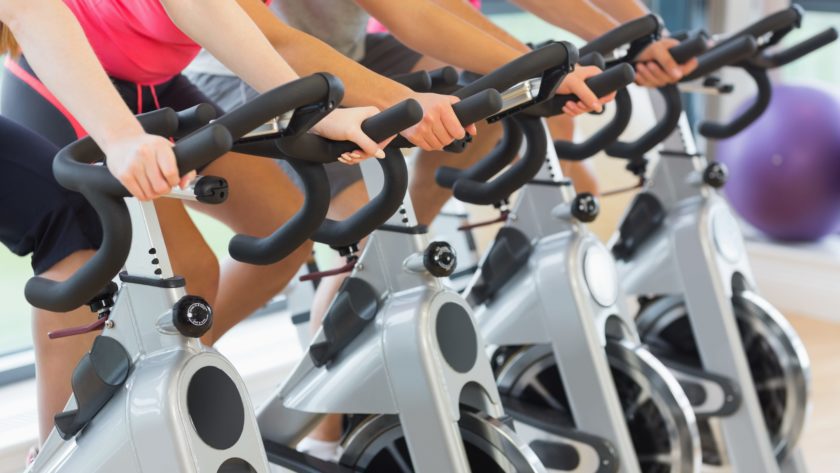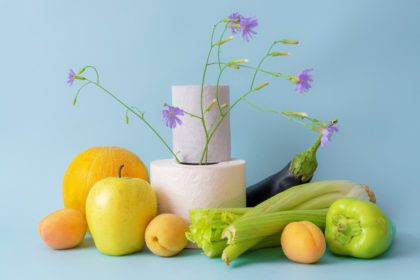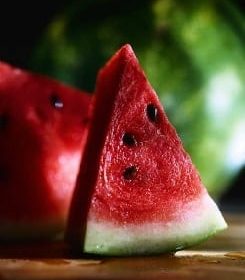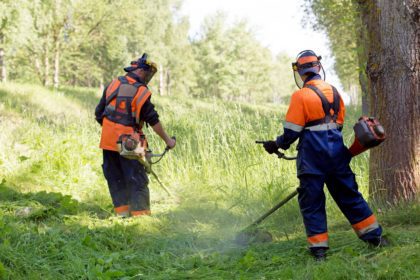Research shows if you don’t take care of the “inner lining” of your blood vessels, you may be setting yourself up for heart disease or a stroke.
Here are some important tips to improve how long and how well your arteries function.
The Relevance of “Endothelial Dysfunction”
The inner lining of your blood vessels is called the “endothelium”. Endothelial function declines with age and is associated with an increased risk for cardiovascular disease.
When the lining fails to function optimally, it’s called “endothelial dysfunction” or ED. Think of a healthy endothelium as being smooth (think Teflon®) where nothing sticks to it.
ED refers to a spectrum of damaging changes that take place in the endothelium, such as the smooth inner lining becomes inflamed and “rough” (think sandpaper) from the constant assaults of substances like sodium, high blood sugar, and cortisol (stress hormone).
When the endothelium becomes rough, arterial plaque* sticks to the artery wall (think spackling paste or putty).
*Plaque is fatty, waxy substance made up of materials, such as fat, cholesterol, calcium, waste products from cells, and fibrin (a clotting agent).
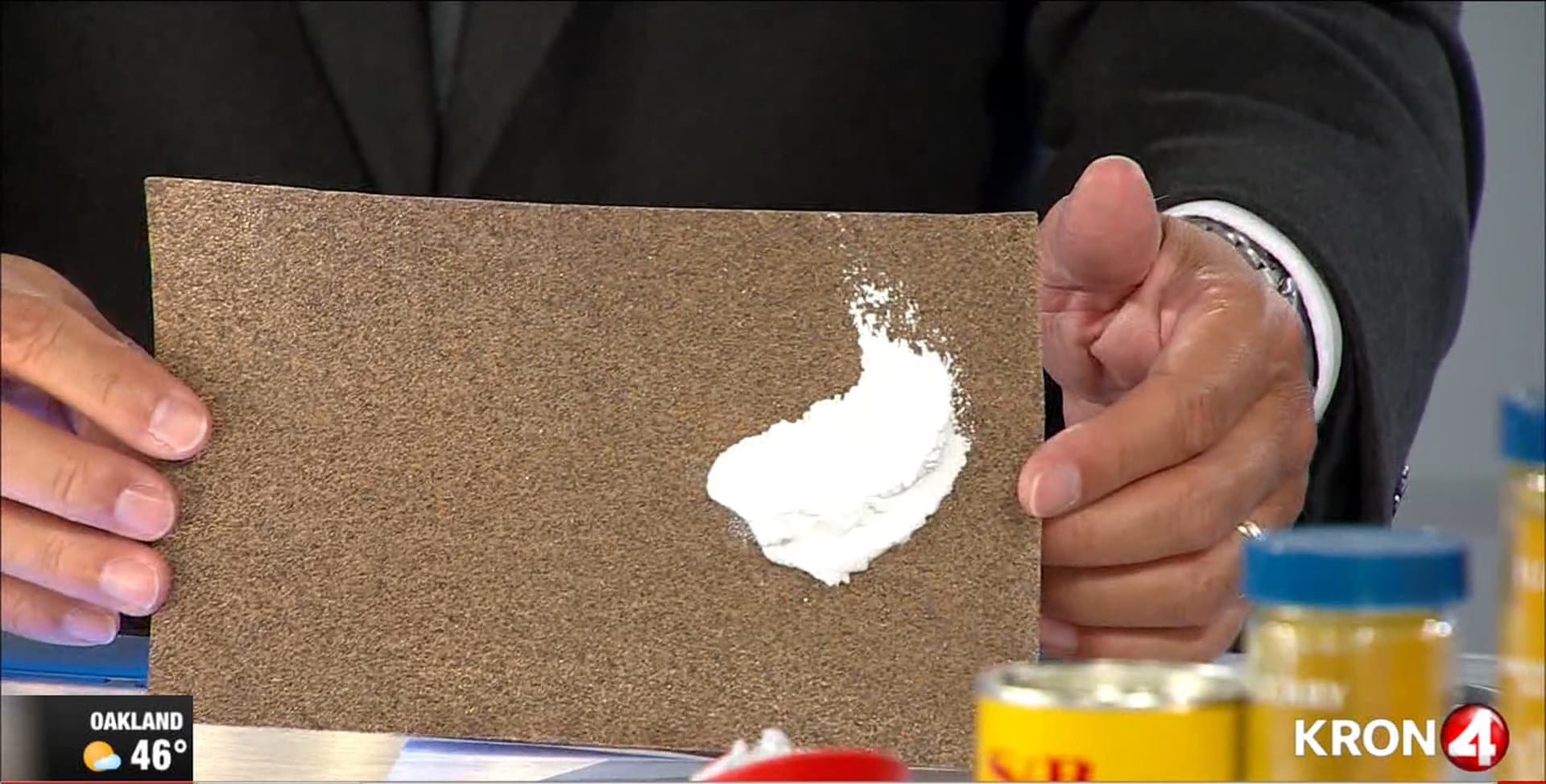
When Plaque Builds Up and Ruptures
As more plaque deposits build up, your artery narrows and reduces blood flow. This is known as “hardening of the arteries” or atherosclerosis.
Plaque not only accumulates in the arteries, it can also crack and create a blood clot at the ruptured area.
Platelets (thrombocytes) rush to ruptured plaque because your body sees the rupture as an injury. The platelets rapidly cover up the crack and form a plug, that is, a clot.
Platelets are very large colorless blood cells (think super glue). They help wounds heal and form blood clots to slow or stop bleeding by clumping and forming plugs in injured blood vessels.
When Plaque Breaks Away
Ruptured plaque can also break away and travel through the blood to other areas in your body and cause a blood clot. If the clot is big enough, it can block the flow of blood to arteries in various organs — e.g., lungs (pulmonary embolism), heart (heart attack), or brain (stroke).
How to Reverse Arterial Aging
Research that studies ED are important because they provide insight into interventions for the treatment and prevention of cardiovascular disease. Lifestyle modification can have a beneficial effect on vascular aging, in particular, exercise and diet.
What Type of Exercise Helps Best
Researchers studied four groups of patients:
- An aerobic exercise group cycled for one hour per day.
- A resistance training group exercised with weights and elastic bands.
- Another group participated in both aerobic exercise AND resistance training.
- The last group did nothing.
The Results:
- The exercise groups showed improvement in arterial function (arteries dilated and blood flow increased).
That is, the arteries don’t care if you’re riding a bike or pumping iron as long as you engage in regular physical activity.
- After one month of detraining (no exercise), the beneficial effects disappeared.
What You Eat Matters Too
Some researchers in Japan studied the endothelial effects of aerobic exercise and consuming curcumin* for eight weeks.
*Curcumin is the yellow pigment in turmeric. It is the active component of turmeric and known for its anti-inflammatory and antioxidant effects.

A total of 32 post-menopausal women were put into three groups:
- An exercise group performed moderate intensity aerobic training for 30 to 60 minutes a day.
- The curcumin group consumed about one teaspoon of turmeric a day.
- The control group did neither (no exercise and no turmeric).
The Results:
- The exercise group and the curcumin group improved endothelial function, that is, vessels opened up and blood flow increased.
Both exercise AND curcumin can improve the age — related decline in endothelial function.
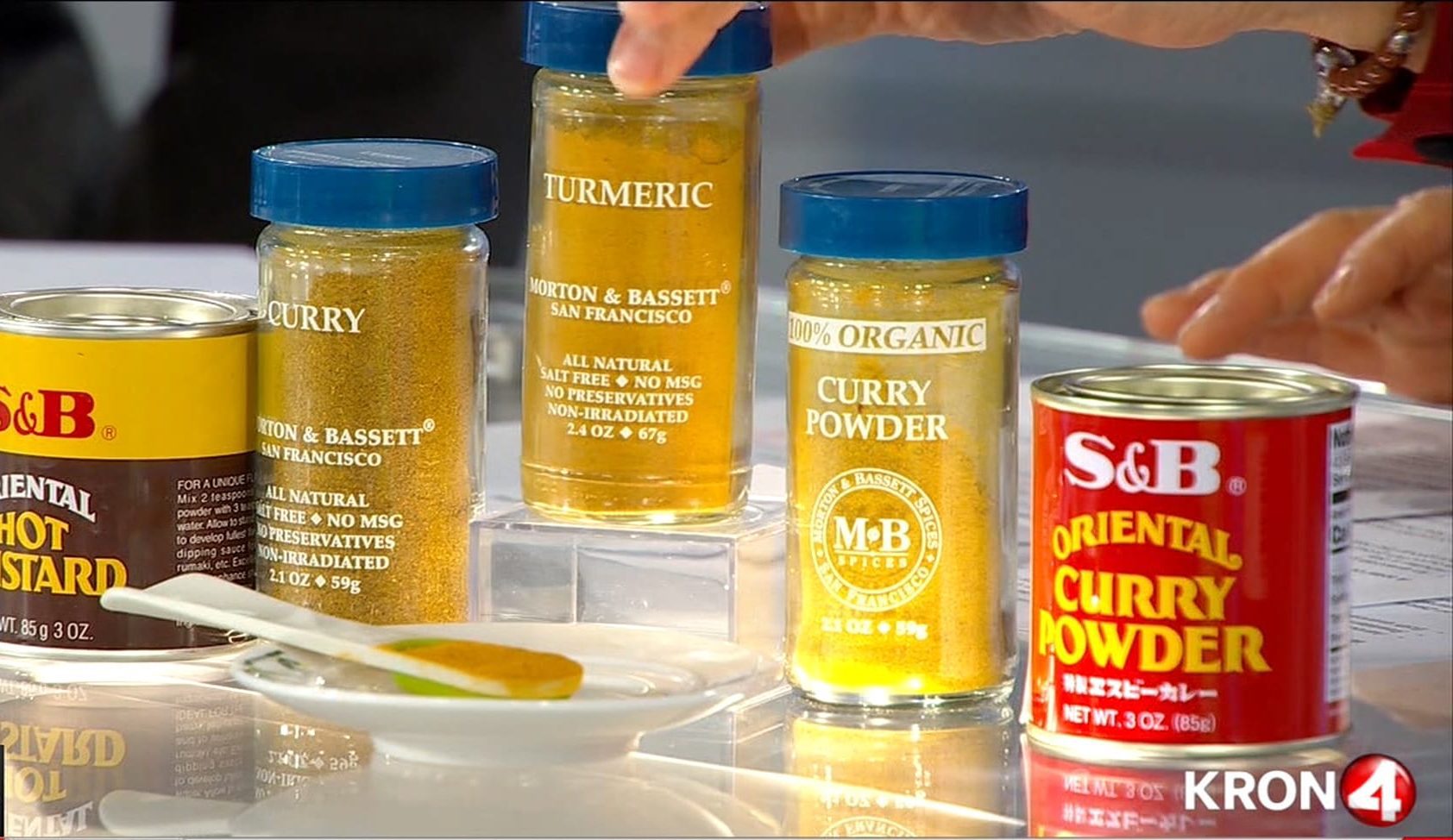
Turmeric (Nature’s Gold)
 Generously sprinkle turmeric (a teaspoon a day) on your grilled vegetables, salads, in sauces, and whole grains — even your oatmeal for a savory breakfast!
Generously sprinkle turmeric (a teaspoon a day) on your grilled vegetables, salads, in sauces, and whole grains — even your oatmeal for a savory breakfast!
Curry powders, and even some mustard powders, such as S&B Oriental Hot Mustard Powder, contain turmeric. Be sure to read the labels. Curry powders contain a combination of several different spices. Look for ones where turmeric is the first ingredient.
NOTE: Cumin is NOT related to curcumin! Cumin is a spice by itself.
Turmeric Supplements
WARNING! Turmeric is safe for most people when consumed in amounts found in the food you eat. Turmeric supplements contain LARGE DOSES of turmeric extract (up to 500 to 1,000 mg) and their labels suggest taking two to four capsules a day.
High doses of turmeric can have side effects and interact with blood thinning, blood pressure, and diabetes medications. Never take supplements without consulting with your physician.

![]() Karen’s Fit Tip: You have control over how fast you age. Regular, consistent exercise (don’t stop or you’ll lose the benefits you gained) plus healthy eating can de-age your arteries and reduce the workload on your heart.
Karen’s Fit Tip: You have control over how fast you age. Regular, consistent exercise (don’t stop or you’ll lose the benefits you gained) plus healthy eating can de-age your arteries and reduce the workload on your heart.

